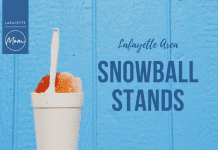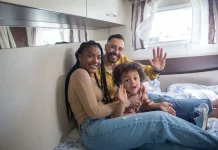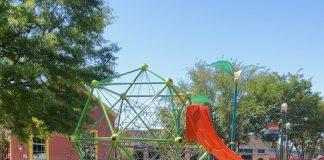Cowpooling, what’s that you say? Well, a few months ago, I’d never heard it either. But similar to carpooling, where you share a car, this is where you share a cow. Given the dumpster fire that is the year 2020, I started looking for ways to save money so that we could save more cash for our emergency fund, should we need it. Ground beef was selling for $8.99/lb for 80/20! We are a beef eating family and I knew I needed to do something because $8.99/lb is NOT sustainable. Enter Cowpooling.
I called a coworker that I knew had cattle and picked his brain on the ins and outs of buying a cow. I learned a lot from that conversation, but he wouldn’t have any calves ready for quite a few more months. He knew I was looking for something sooner, so he recommended another coworker, who was willing to split his biggest steer with me. Which was perfect, because I was planning to share with my neighbors, so each of our families would get ¼ of the steer. My coworker was expecting this Angus Steer to weigh between 750 – 1000 pounds on the hoof.
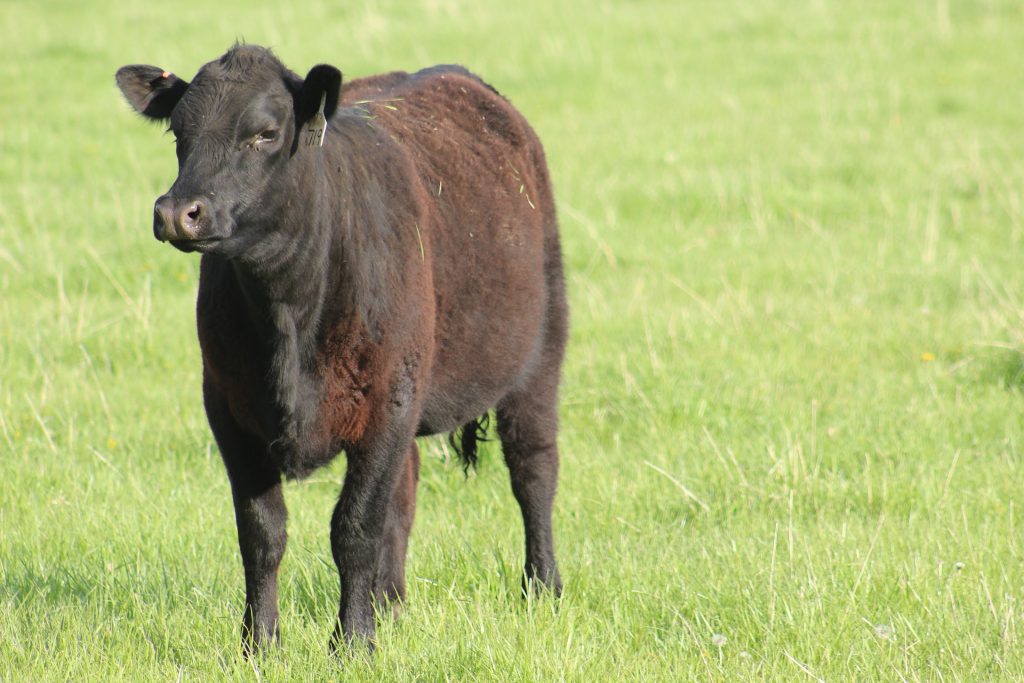
Definition Time
Two definitions that were critical to my understanding were:
On the hoof – the live weight of the cow, at the time that he was scheduled for slaughter. Also called, total live weight
On the rack/Hanging weight – the weight after the blood, hide, and inedible parts are removed. The hanging weight is typically 59%-62% of the live weight. Also called, dressed weight.
So I purchased our cow from Buck Bayou Farms and our agreed on price was based on the weight of the cow on the hoof. I would still have to pay the slaughterhouse to butcher it, but those costs were minimal. I was not asked to put a deposit on the cow, but don’t be surprised if you are, as it is very common in order to reserve a cow. The farm had slots reserved at a local slaughterhouse, so it was about an 8-week wait – more time for the cow to grow. It’s also important to note that because of the coronavirus and resulting beef shortage, slaughterhouse schedules have been VERY full. This also meant that we wouldn’t get much hang time for our beef to age. A lot of times, they will keep the beef hanging in a cooler and allow it to age it for 14-28 days in order to enhance the flavor of the beef. In this case, I was ok with not getting the extra days. Once the beef is hung, the butcher processes it.
Let’s get Primal
There are a few primal sections of the side of beef – most with names that you are very familiar with: chuck, sirloin, flank, round, rib, loin, brisket, and plate. Those primals are further cut and processed into steaks, roasts, cutlets, stew meats, and ground meat. Buck Bayou provided me with an order form that was sent to the slaughterhouse in advance. I was able to list out the cuts we wanted and how big/thick we wanted each cut. And I say that like it was easy, but I stressed and researched for weeks to determine the cuts that were “must-haves” for us and those that were the most overrated, before finally settling on the final form.
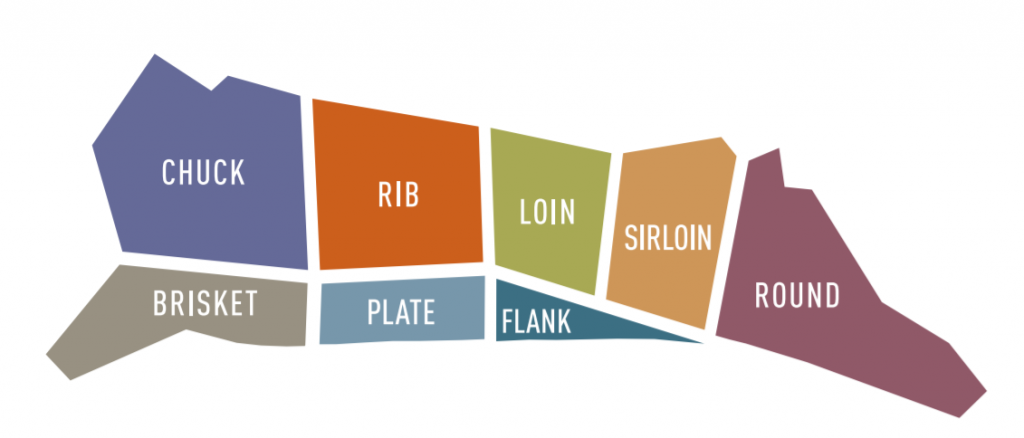
(Click HERE for the different beef cuts and the recommended cooking methods.)
Our cow ended up a little smaller than we hoped it would be, but we were still extremely happy. From a live weight of 836 pounds, our half generated about 180 lbs of cuts and the slaughterhouse charged us $0.75 per pound to cut and wrap it in freezer wrap. From our calculations, we paid under $5.00 per pound for everything. I’m more than thrilled with that and so are my neighbors.
Buying local beef has major benefits from financial to health. Knowing the source of my family’s food is a big comfort to me. And grass-fed beef tastes delicious. So far we’ve cooked a traditional smothered seven steak and grilled some ribeyes and both were amazing. So much so that we are working to get on the list for another side that might be ready in about 8 months. Look around your area for local farmers and start making calls – you won’t regret it.




